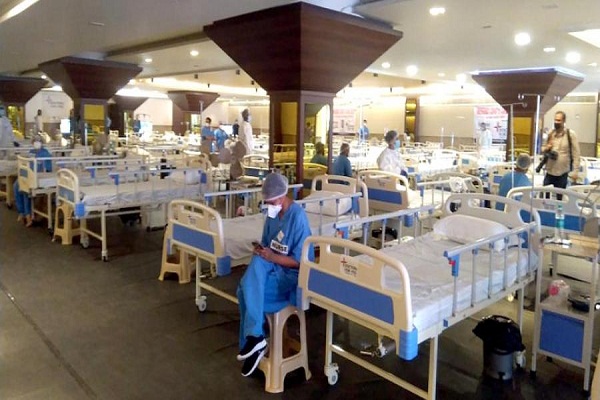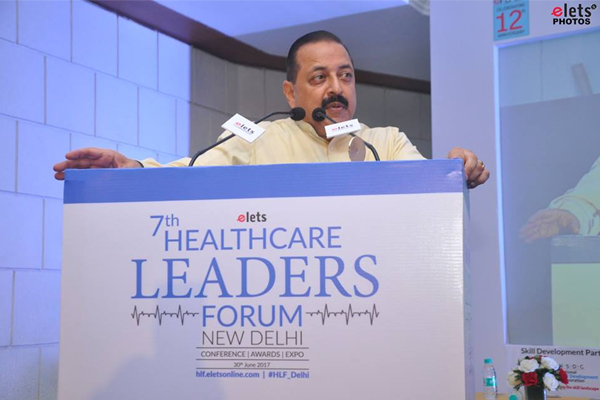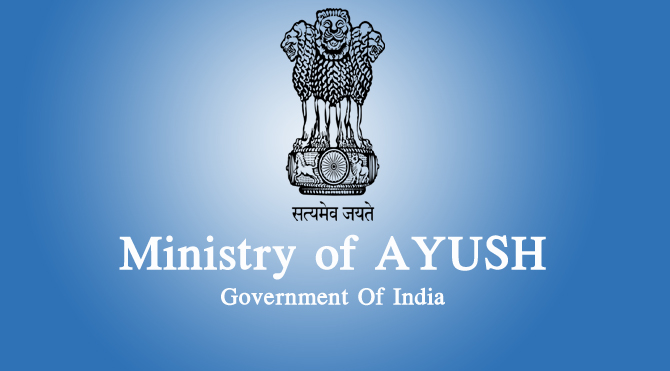![]() Awareness about health care programmes and facilities is the essence for the success of any health care initiative which is closely linked with human development. The Government launched the National Rural Health Mission in 2005 to provide accessible, affordable and quality health care to rural population. One of the key components of the Mission is to provide every village with a trained female community health activist called ASHA or Accredited Social Health Activist.
Awareness about health care programmes and facilities is the essence for the success of any health care initiative which is closely linked with human development. The Government launched the National Rural Health Mission in 2005 to provide accessible, affordable and quality health care to rural population. One of the key components of the Mission is to provide every village with a trained female community health activist called ASHA or Accredited Social Health Activist.

ASHA is selected from the village itself and is accountable to it. ASHA acts as a bridge between the ANM and the village. She is accountable to the Panchayat. She is an honorary volunteer, receiving performance-based compensation for promoting universal immunization, referral and escort services for RCH, construction of household toilets and other healthcare delivery programmes. She facilitates preparation and implementation of the Village Health Plan along with Anganwadi worker, ANM, functionaries of other Departments and Self Help Group members.
ASHA works as an interface between community and the public health system. ASHA is the first port of any health related demands of deprived sections of the population, especially women and children who find it difficult to access health services in rural areas. ASHA programme is expanding across states and has been successful in bringing people back to public health system, increasing the utilisation of out-patient services, diagnostics facilities, institutional deliveries and in-patient care.
ASHAs are central feature of National Rural Health Mission (NRHM) community based health care delivery. They are widely accepted as the most visible face and one of the most successful components of NRHM. Till date more than 8.85 lakh ASHA workers have been selected, trained and deployed across the country. ASHAs perform the role of facilitation, activism and community level care. Their work includes counselling on improved health practices and prevention of illness and complications and appropriate curative care or referrals for pregnant woman, newborn, ill children as also for malaria, tuberculosis and other conditions. Other than this, ASHAs have also been engaged in the social marketing of products such as sanitary napkins and spacing contraceptives. To enable ASHAs to perform these roles, most states have established the institutional structures required for training and support. What more needs to be done is strengthening these structures to perform effectively.

ASHAs are effective in reaching about 70 percent of the population with their services but a substantial 30 percent still remain unattended. A training booklet has been disseminated to state governments to help ASHA in reaching marginalised populations in her area. Incentive package for ASHAs has been increased and payments are being streamlined.
ASHA facilitators are an integral part of the ASHA programme and are to be deployed before the selection of ASHA. An intensive induction training programme of 23 days in 5 episodes is given to the ASHA worker. After a period of six months of her functioning in the village she is sensitised on HIV/AIDS issues including Sexually Transmitted Diseases, Reproductive Tract Infections, prevention and referrals. She is also trained in new-born care. The Central Government bears the cost of training, incentives and medical kits. The remaining is funded through central assistance given to state governments under this programme. Over 7.99 lakh ASHAs have been provided drug kits so far. These kits contain Generic AYUSH and allopathic formulations for common ailments which are replenished from time to time. Most states are also in the process of distributing an equipment kit to ASHAs for providing home-based new-born care.
An uation study commissioned by the Planning Commission has revealed that more than 65 percent beneficiaries are visited by ASHA once in 15-30 days. 80 percent beneficiaries have confirmed delivery of free drugs by ASHA. 65 percent beneficiaries have opted for institutional delivery and 60 percent of women availed antenatal care services in government facility proving the significant role of ASHA in motivating pregnant woman for utilisation of antenatal care from public health care facilities. 56 percent of couples reported use of contraception of which 88 percent availed from government health counters.
ASHA has also played an important role in educating patients from the households visited by them to go for treatment of chronic diseases in public health institutions instead of private health facilities. uation study has also pointed out the need to improve payment of compensation to ASHAs and also to provide advance money for emergency transport.
The new initiatives are:- Establishing an ASHA database in all states; Introducing a system for outcome monitoring; Introducing handbook for ASHA facilitators; and Setting up ASHA grievance redressal mechanism.
In a separate uation study in Madhya Pradesh, Uttar Pradesh and Uttarakhand it has been pointed out that there is a great urgency to speed up establishment of support structures and implementation of the programme. All these states will benefit a great deal while having a skilled ASHA at the community level to promote maternal, new-born and child health and family planning.
Be a part of Elets Collaborative Initiatives. Join Us for Upcoming Events and explore business opportunities. Like us on Facebook , connect with us on LinkedIn and follow us on Twitter , Instagram.












